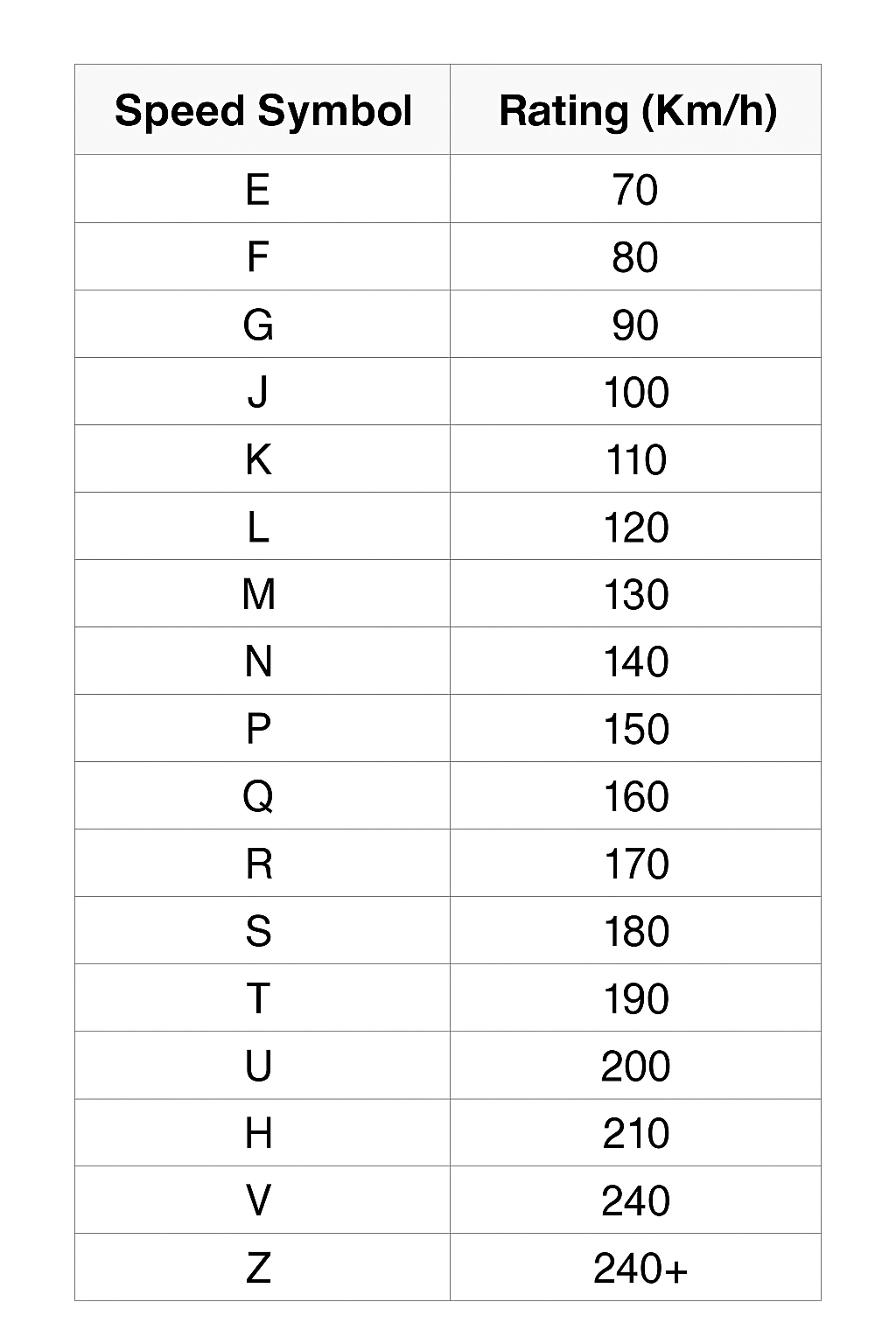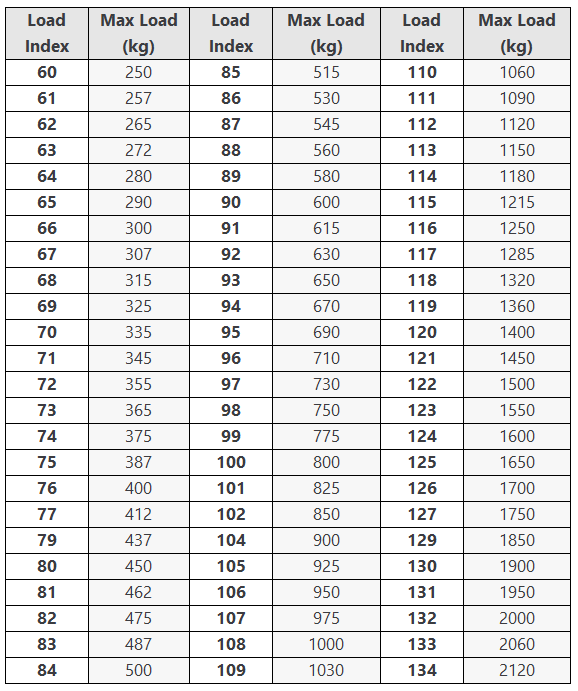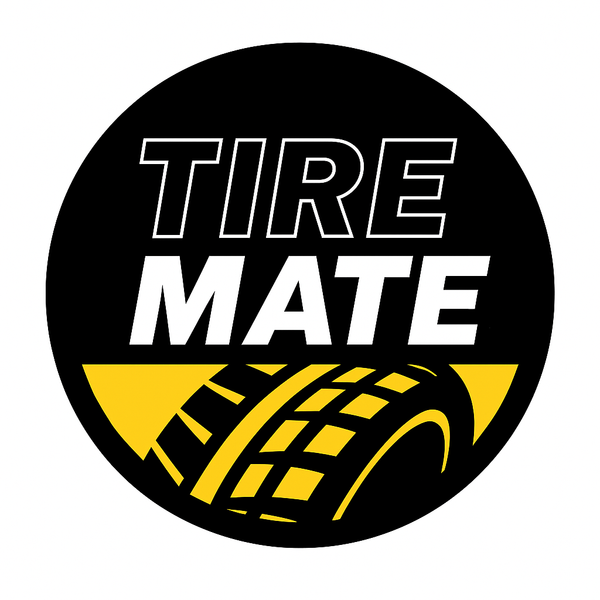Tyres 101
Buying tyres doesn’t have to be confusing. At TireMate, we want to make it simple and clear so you can choose the right tyres for your vehicle with confidence. Here’s a guide to help you understand the basics, the codes, and how to pick tyres that suit your needs.
1. Tyre Basics
Tyres are more than just rubber on wheels, they’re your vehicle’s only contact with the road. Choosing the right tyre is an important decision for your safety and driving experience.
The right tyres can improve:
- Safety: Proper grip helps reduce stopping distances.
- Performance: Enhances handling, cornering, and stability.
- Comfort & Efficiency: Delivers a smoother ride and better fuel economy.
2. Types of Tyres
Different vehicles require different types of tyres. Here’s a quick overview:
- Passenger Tyres: Designed for everyday vehicles such as hatchbacks, sedans, and wagons.
- SUV / 4x4 Tyres: Built for heavier vehicles, offering durability and traction for both on-road and occasional off-road use.
- Commercial Tyres: Made for trucks, vans, and other heavy-duty vehicles, focusing on load capacity and long-lasting performance.
3. Reading Tyre Codes
Every tyre has a series of numbers and letters printed on its sidewall — here’s what they mean.
Example: 205/55 R16 91V
- Tyre Width (205): The width of the tyre in millimetres.
- Aspect Ratio (55): The height of the sidewall as a percentage of the tyre’s width.
- Construction (R): Indicates the tyre’s construction type. “R” stands for radial, the most common design used today.
- Rim Diameter (16): The diameter of the wheel the tyre fits, measured in inches.
- Load Index (91): The maximum weight the tyre can safely carry — higher numbers indicate greater load capacity.
- Speed Rating (V): The maximum speed the tyre can safely sustain.
A reference table for Load Index and Speed Rating is provided below.

Speed Rating Explainer
A tyre’s speed rating indicates the maximum speed it can safely sustain over an extended period of time under specific test conditions. It’s not just about how fast your vehicle can go — it’s about how well the tyre can handle heat, stress, and centrifugal forces generated at that speed.
Each letter on the speed rating scale (for example, T = 190 km/h) represents a test result from a standardised laboratory test. During a the test:
- The tyre is mounted on a test wheel and run at increasing speeds,
- Hel at each speed for a fixed duration (usually 10 minutes per step),
- Until it reaches the target speed for its rating without failing.
When a tyre fails the test, it doesn’t necessarily explode dramatically, though in extreme cases, that could happen. More commonly, failure means the tyre can no longer maintain its structure or performance safely at that speed.
That might look like:
- The rubber overheating and starting to degrade,
- The tread separating from the casing,
- Air loss or deformation due to heat and centrifugal force,
- Or visible damage or distortion to the sidewall or tread area.
So, the “maximum speed” is really the limit before these risks appear — meaning if you stay under that, the tyre can safely sustain its designed performance.
If it passes, the tyre earns that speed symbol.
So, a tyre rated “H” (210 km/h) has been proven to safely withstand the heat and load generated up to that speed.
In real-world terms, speed rating affects:
- Handling: Higher-rated tyres tend to have stiffer construction for better control at speed.
- Ride comfort & wear: Softer, lower-rated tyres can offer a smoother ride but wear differently.
- Safety margin: Driving consistently above the speed rating risks overheating and tyre failure.

Load Index Explainer
The load index is a number found on every tyre that tells you the maximum weight each tyre can safely carry when inflated to the correct pressure. Choosing tyres with the correct load index is essential for safety, performance, and tyre longevity.
How it works:
- Each tyre has a load index number, like 95, this number corresponds to a specific weight in kilograms.
- For example: A Load index 95 = 690kg per tyre
- To find the exact weight a tyre can handle, you can check the Load Index Chart.
How it's tested
Tyres undergo rigorous testing to determine their load capacity. Manufacturers gradually increase the weight on the tyre under controlled conditions until it reaches its maximum safe limit. Only tyres that meet these standards are rated with a load index.
Why it matters
- Safety: Using tyres with too low a load index can cause overheating, faster wear, or even tyre failure.
- Performance: The right load index ensures the tyre handles your vehicle’s weight properly, maintaining grip and stability.
- Choosing the Right Tyre: Always select tyres that match or exceed the load index recommended by your vehicle manufacturer. This information is usually in your owner’s manual or on a sticker inside the driver’s door.
Tip: If you carry heavy loads frequently (e.g., towing or full passengers), consider tyres with a higher load index for extra safety and durability.
4. Tyre Care & Maintenance
Proper care extends tyre life and keeps you safe:
- Tyre Pressure: Check monthly. Correct pressure improves fuel efficiency and safety.
- Rotation: Swapping tyres front-to-back every 8,000–10,000 km ensures even wear.
- Alignment & Balance: Prevents uneven wear and vibrations.
Need Help Choosing?
Not sure which tyre is right for your vehicle? At TireMate, we’re here to help. Browse our brands or contact us with your vehicle details, and we’ll guide you to the perfect match.

